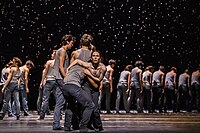
Choreography is the art or practice of designing sequences of movements of physical bodies in which motion or form or both are specified. Choreography may also refer to the design itself. A choreographer is one who creates choreographies by practising the art of choreography, a process known as choreographing. It most commonly refers to dance choreography.

Agnes George de Mille was an American dancer and choreographer.
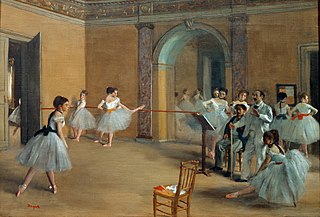
Classical ballet is any of the traditional, formal styles of ballet that exclusively employ classical ballet technique. It is known for its aesthetics and rigorous technique, its flowing, precise movements, and its ethereal qualities.

Mark William Morris is an American dancer, choreographer and director whose work is acclaimed for its craftsmanship, ingenuity, humor, and at times eclectic musical accompaniments. Morris is popular among dance aficionados, the music world, as well as mainstream audiences.

Christopher Peter Wheeldon is an English international choreographer of contemporary ballet.
Moses Pendleton is a choreographer, dancer and the artistic director of MOMIX. MOMIX is a dance company that he formed in 1981 as an offshoot of the Pilobolus, which he had co-founded while a senior at Dartmouth College in 1971. He remained a full-time member with the company until 1980. He choreographs dance sculptures that bring together acrobatics, gymnastics, mime, props, and film.
Lynne Taylor-Corbett is a choreographer, director, lyricist, and composer. She was born in Denver, Colorado.

Cedar Lake Contemporary Ballet was a New York City-based contemporary ballet company.
Lucinda Childs is an American postmodern dancer and choreographer. Her compositions are known for their minimalistic movements yet complex transitions. Childs is most famous for being able to turn the slightest movements into intricate choreography. Through her use of patterns, repetition, dialect, and technology, she has created a unique style of choreography that embraces experimentation and transdisciplinarity.

Paul Belville Taylor Jr. was an American dancer and choreographer. He was one of the last living members of the third generation of America's modern dance artists. He founded the Paul Taylor Dance Company in 1954 in New York City.
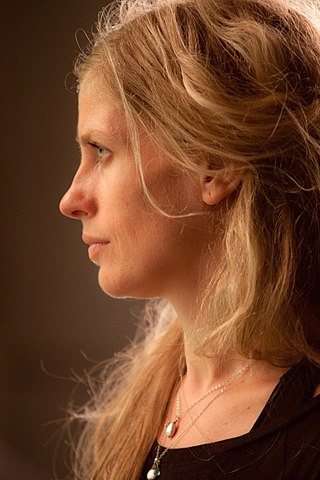
Crystal Pite is a Canadian choreographer and dancer. She began her professional dance career in 1988 at Ballet BC, and in 1996 she joined Ballett Frankfurt under the tutelage of William Forsythe. After leaving Ballett Frankfurt she became the resident choreographer of Montreal company Les Ballets Jazz de Montreal from 2001 to 2004. She then returned to Vancouver where she focused on choreographing while continuing to dance in her own pieces until 2010. In 2002 she formed her own company called Kidd Pivot, which produced her original works Uncollected Work (2003), Double Story (2004), Lost Action (2006), Dark Matters (2009), The You Show (2010), The Tempest Replica (2011), Betroffenheit (2015), and Revisor (2019) to date. Throughout her career she has been commissioned by many international dance companies to create new pieces, including The Second Person (2007) for Netherlands Dans Theater and Emergence (2009) for the National Ballet of Canada, the latter of which was awarded four Dora Mavor Moore Awards.
Marie-Agnès Gillot is a French ballet dancer and choreographer. She danced with the Paris Opera Ballet as an étoiles. She is also POB's first in-house female dancer to choreograph for the company.
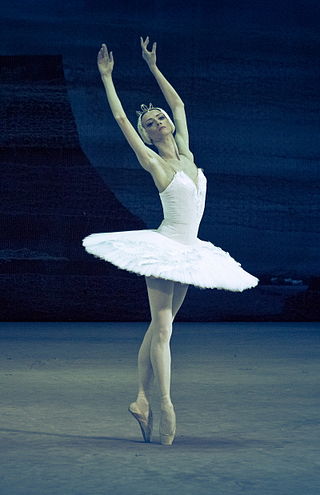
Svetlana Aleksandrovna Lunkina is a Russian-Canadian ballerina who is a principal dancer with the National Ballet of Canada.

Kidd Pivot, is a contemporary dance theatre company based in Vancouver, Canada. The company, currently comprising eight full-time dancers and several guest artists, is led by its founder and artistic director, Crystal Pite. Since its formation in 2002 Kidd Pivot has toured extensively around the world, presenting several works, many of which have received awards and accolades from the international dance community.
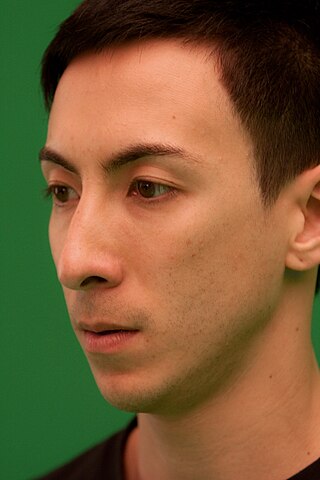
Peter Chu is an American dancer, choreographer, and teacher. Born in The Bronx and raised in Cocoa Beach, Florida, Chu is best known for performing with choreographer Crystal Pite's company Kidd Pivot, for his role as principal dancer in the music video for Christina Perri's Jar of Hearts, and for his appearance as a guest choreographer in season 9 and 10 of So You Think You Can Dance. He was the winner of the 2010 Capezio A.C.E. Award for choreographing the work, This Thought.

Karl Wilhelm Alexander Ekman is a Swedish ballet dancer and choreographer. His choreographies have been performed by Les Ballets de Monte Carlo, the Boston Ballet, Pacific Northwest Ballet, the Semperoper Ballett, the Nederlands Dans Theater, the Norwegian National Ballet, the Royal Swedish Ballet, the São Paulo City Ballet, the Sydney Dance Company, and the Wiener Staatsballett. For some of them he has designed sets and costumes or composed the music.
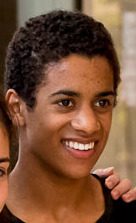
Marcelino Sambé is a Portuguese ballet dancer. He is a principal dancer with The Royal Ballet in London.
Lea Elizabeth Ved is an American contemporary dancer and choreographer. She was a second soloist contemporary dancer at the Royal Swedish Ballet, dancing with the company from 2016 until 2018. Ved currently dances with Nederlands Dans Theater.
Hope Muir is a Canadian dancer, rehearsal director, teacher and the artistic director of the National Ballet of Canada. She danced professionally in the UK and US for seventeen years, until her retirement from performing in 2006. Then, she began working as a rehearsal director and teacher. In 2009, she joined Scottish Ballet as a rehearsal director, and became its associate artistic director in 2015. In 2017, she became the artistic director of Charlotte Ballet. In 2022, she assumed her position at the National Ballet of Canada, officially titled Joan and Jerry Lozinski Artistic Director.
The Seasons' Canon is a contemporary ballet choreographed by Crystal Pite to Max Richter's recomposition of Vivaldi's The Four Seasons. The ballet is Pite's first work made for the Paris Opera Ballet, and premiered in 24 September 2016 at the Palais Garnier. Pite won the Prix Benois de la Danse for Best Choreographer.
